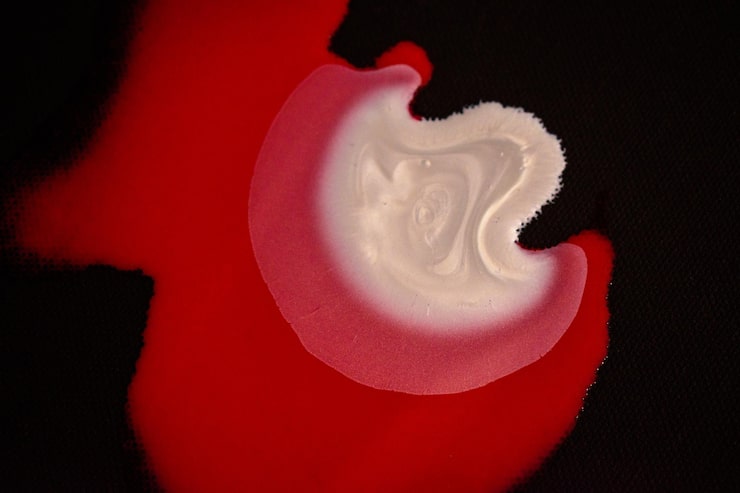Haemorrhoids, or piles, are swollen veins in and around the rectum and anus that can cause pain, itching, and bleeding. Learning what causes them, what treatments are available, how to cope with symptoms, and which lifestyle changes help is important for managing the condition and improving quality of life. This guide gives a clear overview of how to manage haemorrhoids.
Causes of haemorrhoids
Haemorrhoids happen when veins in the lower rectum and anus become swollen, usually because of increased pressure in that area. Common contributing factors include:
– Straining during bowel movements: Pushing hard to pass stool stresses the rectal veins.
– Sitting for long periods: Especially sitting on the toilet for a long time.
– Chronic constipation or diarrhea: Both keep pressure on the rectal veins.
– Being overweight: Extra body weight raises pressure on pelvic and rectal veins.
– Pregnancy: The growing uterus presses on pelvic veins and increases rectal pressure.
– Family history: Some people are more prone to haemorrhoids because of genetics.

These factors can act alone or together to cause or worsen haemorrhoids. Sometimes the exact trigger isn’t clear, so a broad approach to prevention and treatment is usually needed. For specialist care, visiting a haemorrhoid removal clinic can offer expert assessment and tailored treatments.
Diagnosis and treatment
A doctor usually diagnoses haemorrhoids through a physical exam. Common steps include:
– External inspection: Looking for visible signs of external haemorrhoids, like swelling or lumps.
– Digital rectal exam (DRE): A gloved, lubricated finger is used to feel for abnormalities inside the rectum.
– Anoscopy: A small tube called an anoscope is inserted to view internal haemorrhoids more closely.
– Colonoscopy: If there are concerns about other colorectal problems, a colonoscopy may be recommended.
Treatment depends on how severe the haemorrhoids are and whether they are internal or external. Mild cases often improve with over-the-counter creams, ointments, and suppositories that relieve symptoms temporarily. If these measures don’t help, procedures like haemorrhoidectomy (surgical removal) or stapled haemorrhoidopexy (repositioning prolapsed haemorrhoids) may be considered for more serious or persistent cases.
Coping strategies and lifestyle changes
Managing haemorrhoids works best when medical care is combined with daily habits that ease symptoms and cut the chance of recurrence. Helpful changes include:
– Increase fibre: Eating more fruit, vegetables, whole grains, and legumes softens stools and reduces straining.
– Drink enough fluids: Water helps keep stools soft and prevents constipation. Aim for about eight glasses a day, more if you’re active or in a hot climate.
– Stay active: Regular exercise—walking, cycling, swimming—helps bowel function and lowers pressure on rectal veins.
– Change bathroom habits: Avoid straining and don’t sit on the toilet for long periods. Go to the toilet when you feel the urge to avoid hard stools.
– Sitz baths: Sitting in warm water for 10–15 minutes can soothe the area and reduce inflammation, especially after bowel movements.
These measures can ease current symptoms and lower the chance of future flare-ups.
Medical interventions
If lifestyle changes and OTC treatments don’t work, or if haemorrhoids cause significant pain, bleeding, or prolapse, medical procedures may be needed. Options include minimally invasive techniques and surgery.
Minimally invasive treatments:
– Rubber band ligation: A tight band is placed at the base of an internal haemorrhoid to cut off its blood supply. The haemorrhoid then shrinks and falls off.
– Sclerotherapy: A chemical is injected into the haemorrhoid to make it shrink.
– Infrared photocoagulation: Infrared light is used to scar the haemorrhoid tissue, which reduces blood flow and causes shrinkage.
Surgical options:
– Haemorrhoidectomy: The haemorrhoid and surrounding tissue are removed. This is often the most effective treatment for severe or recurring haemorrhoids.
– Stapled haemorrhoidopexy: The haemorrhoid is lifted back into the rectum and secured with a circular stapling device. It tends to cause less pain than a haemorrhoidectomy and is used for prolapsed haemorrhoids.
Prevention
Many cases of haemorrhoids can be prevented with simple, consistent lifestyle changes that lower the main risk factors. Key steps include:
Diet and hydration
– Eat a high-fibre diet: Fruits (apples, pears, berries, bananas), vegetables (leafy greens, carrots, broccoli), whole grains (brown rice, oats, whole wheat), and legumes (beans, lentils, peas) help keep stools soft.
– Drink enough fluids: Water and other non-caffeinated drinks support healthy bowel movements.
Regular activity
– Exercise regularly to encourage regular bowel movements and reduce pressure on the veins.
Healthy bathroom habits
– Don’t delay bowel movements.
– Avoid long periods sitting on the toilet.
– Use a small stool to raise your feet while sitting, which can help align the rectum for easier passage.
Avoid excessive straining during bowel movements to reduce pressure on the rectal veins. These habits not only lower the risk of haemorrhoids but also support overall digestive health.
Final thoughts
Haemorrhoids are common and can be uncomfortable, but understanding their causes and the range of treatment options helps with effective management. Adopting healthy habits, using coping strategies to relieve symptoms, and seeking medical care when needed can control the condition and improve comfort. If symptoms are severe or ongoing, professional assessment can provide the targeted treatments required to relieve pain and prevent complications.